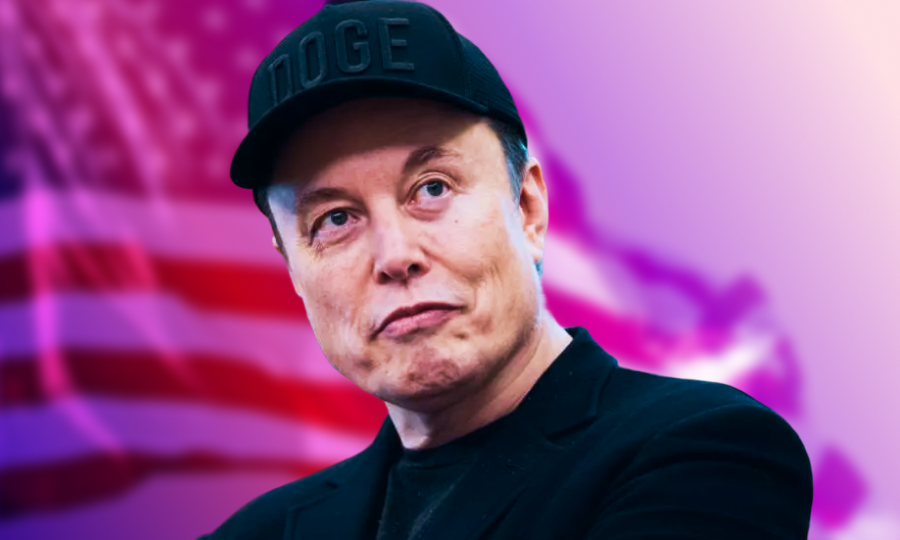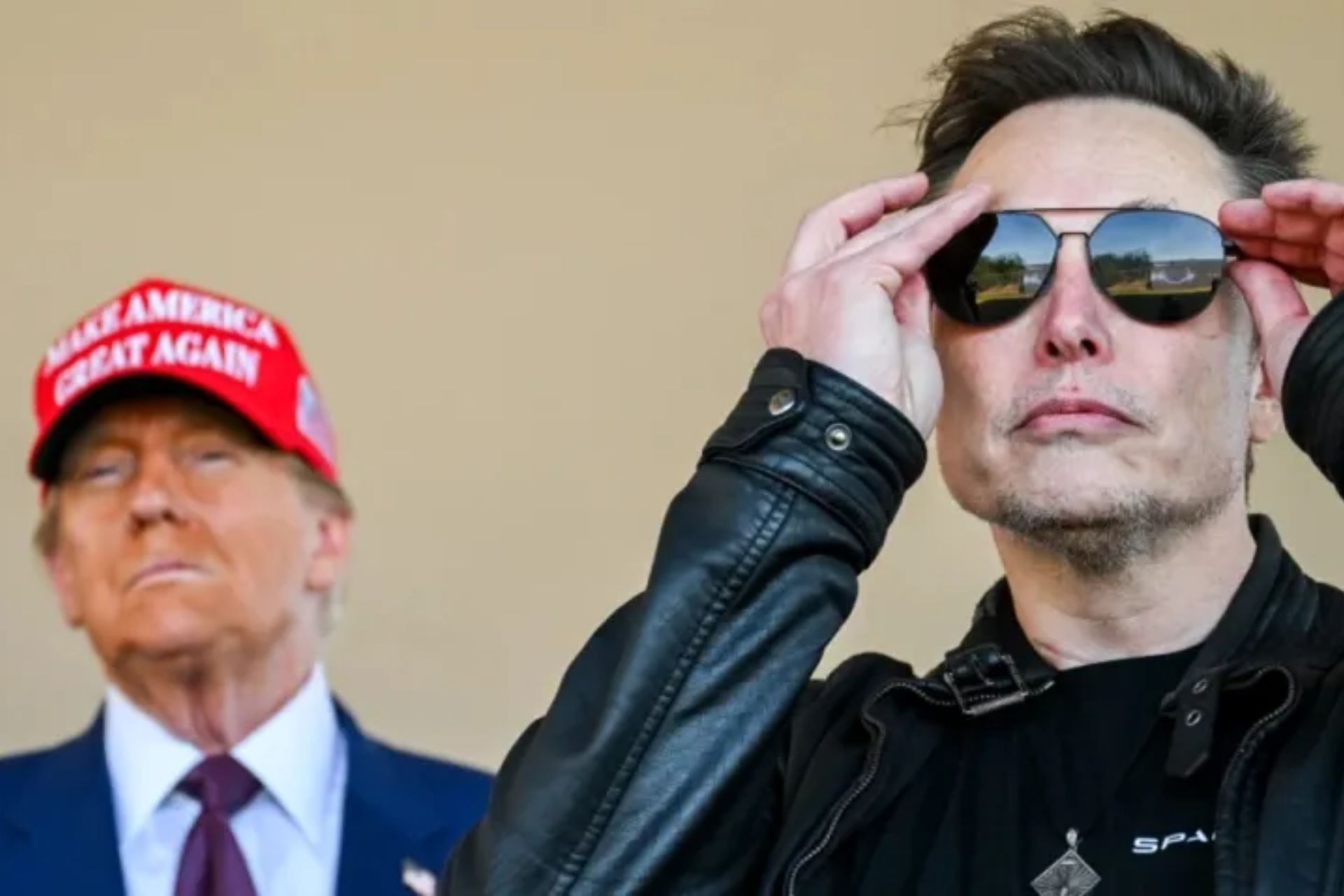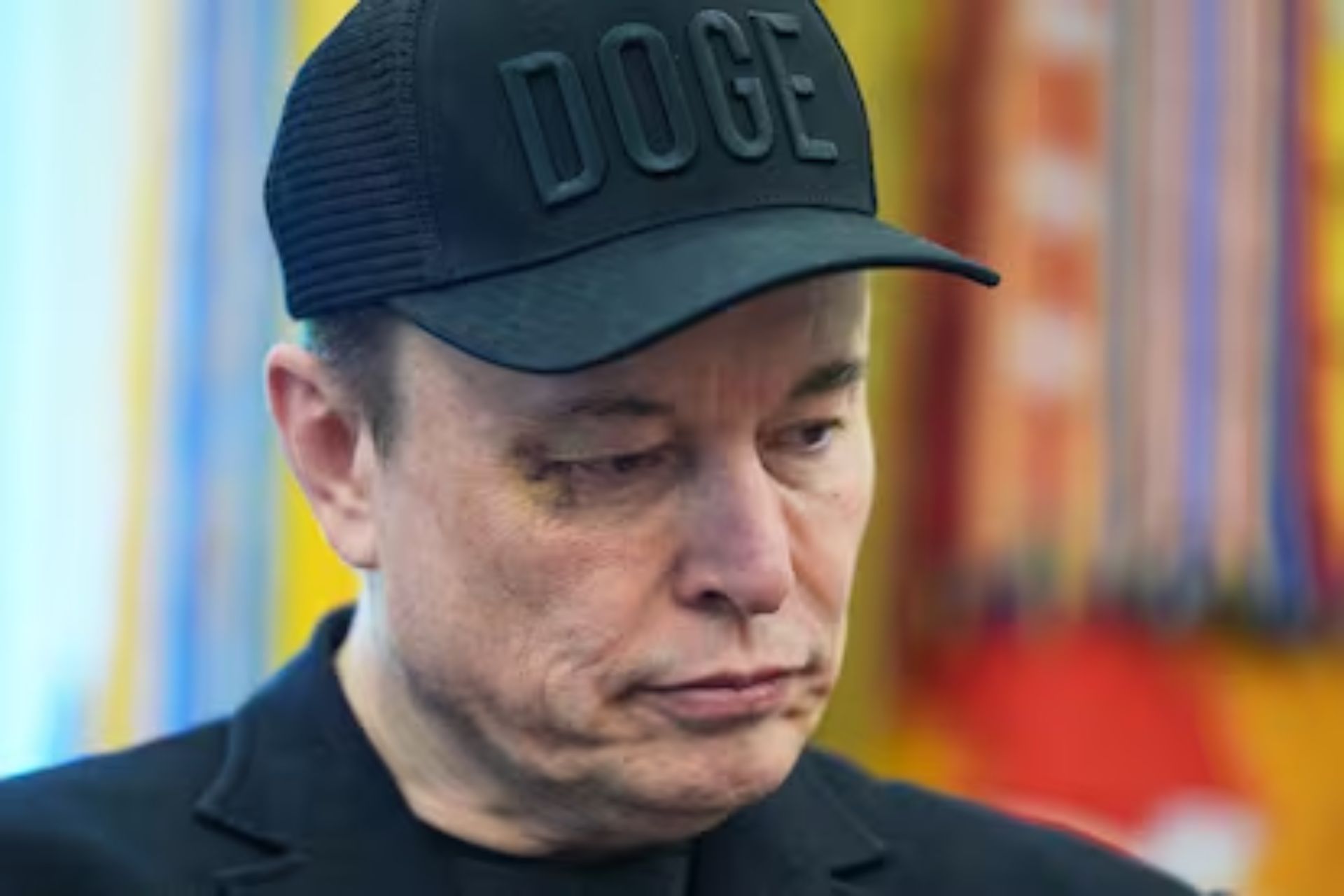
What happened? Elon Musk’s departure from the US government
Without a doubt, this month has been one of the most symbolic in the market, but there is one news that stands out above the rest: the departure of Elon Musk from the US government. On May 28, the entrepreneur, best known as CEO of Tesla and SpaceX, announced his resignation as special advisor to President Trump and as head of the Department of Government Efficiency (DOGE).
He held this position for a total of 130 days, surprising everyone, since he was a key figure in the president’s administration. Initially, his goal was to implement government efficiency measures and reduce public spending. However, something changed and led Elon to resign earlier than expected.
The news became public on May 28 through a message on the social network X, where Musk thanked the president for the opportunity to work on reducing excessive spending.
As my scheduled time as a Special Government Employee comes to an end, I would like to thank President @realDonaldTrump for the opportunity to reduce wasteful spending.
The @DOGE mission will only strengthen over time as it becomes a way of life throughout the government.
— Elon Musk (@elonmusk) May 29, 2025
This announcement by Elon Musk puts an end to his time that was marked by the attempt to add a more business-oriented vision to the White House and efficiency to the federal administration.
Although his resignation included a nice thank you to Donald Trump, it was preceded by direct criticism of the core of the president’s legislative agenda in an interview Elon gave to CBS Sunday Morning. This makes it clear that during his tenure, important irreconcilable differences developed.
Who is involved?
The departure of Elon Musk from the US government is not only news because he is one of the most influential entrepreneurs in the world, but also because it involves influential global figures and organizations.
First and foremost, we have Elon, as CEO of Tesla and SpaceX. This whole story began when Elon was invited by Trump to lead the Department of Government Efficiency (DOGE). His main mission was to apply his well-known business vision to reduce public spending and modernize the federal administration.
As highlighted by an article published in The New York Times, Musk accepted the offer and took the lead of the department with the promise of cutting costs. In a very short time, Musk became the face of all the radical reforms he carried out.
However, Elon’s strictness and impatience generated internal tensions and external criticism within the government, especially when his cuts affected key services and jobs.
On the other side is President Donald Trump. He was the main driver of Musk’s incorporation into the government. Trump claimed that this incorporation would bring positive changes to public management. However, Musk criticized the approval of the mega fiscal project that Trump would carry out, considering it a setback in the progress made regarding cuts:
“Frankly, I was disappointed to see the huge spending bill, which increases the budget deficit, not only doesn’t reduce it, and undermines the work being done by the DOGE team,” said the Tesla CEO in a preview of his interview for CBS Sunday Mornings.
Nevertheless, President Trump publicly thanked Musk for his work and assured that his departure did not imply a total break, but the end of a scheduled stage.
After Elon’s departure, the vacancy was filled by Russ Vought, director of the Office of Management and Budget (OMB). Russ had already been closely collaborating on the cuts strategy.
According to eldiario.es, Russ Vought is “the great ideologue of dismantling the administration and reducing the civil service,” with a profile “much more technical and ideological” than Musk’s. His role will be key in determining the direction DOGE will take after its former leader’s departure.
In all this, there are agencies that, although not directly involved, were affected by the decisions made during Musk’s tenure at DOGE. The United States Agency for International Development (USAID) was one of the main targets of cuts and reorganization.
Musk’s impact was reflected in the dismissal of more than 10,000 employees worldwide. This agency was used as a pilot project to apply the new management logic that sought to facilitate layoffs. The impact of this reform not only affected USAID’s internal structure but also changed its operations in more than 130 countries, as clarified by the newspaper ARA.
Why is it important?
Elon Musk promised impeccable management at the head of the Department of Government Efficiency (DOGE), generating high expectations with his promise to save up to $2 trillion through aggressive cuts and modernization of the state apparatus.
However, the reality of his 130 days in office was a bit more complex. During this period, the dismantling of federal agencies, followed by the elimination of public programs, resulted in the loss of thousands of jobs and a flood of legal claims.
In all this, Elon Musk has acknowledged that his department became the “scapegoat” for all the cuts. By this, he meant that public opinion feared for the continuity of essential services.
His decisions had major impacts, not only in numbers but also on unions, employees, and even other parties that demanded urgent review of the cuts due to lack of transparency and arbitrariness.
Although DOGE claims to have saved $170 billion, the economist tells us that, according to research by the Financial Times, only a minimal part of that figure can be verified. This is because a considerable part of those “savings” comes from contracts scheduled to end before Musk’s arrival.
Elon’s time at the White House has two sides: on the one hand, it leaves a totally changed and renewed administration, but on the other, uncertainty, protests, and doubts about his business approach to political matters.
How did it unfold?
With Trump’s support, Elon was able to close agencies, eliminate federal programs, and carry out mass layoffs. All this with the goal of fighting what they called “the tyranny of bureaucracy” and reducing the national debt.
However, the real impact of these measures was widely criticized. On the one hand, the layoffs caused the interruption of essential services and large-scale job losses. This affected thousands of families and led to protests. All this controversy directly affected Elon Musk, who stated in an interview with CBS:
“What started to happen was a bit unfair because, let’s say, DOGE became the scapegoat for everything. So if there was any cut, real or imagined, everyone blamed DOGE.”
On a fiscal level, DOGE reported cumulative savings of $175 billion, according to a BBC article. Initially, the target was $2 trillion, then $1 trillion, and finally $150 billion.
The lack of transparency and absence of verifiable data increased criticism from Congress, while many cuts were penalized or reversed by the courts. In response, Trump filed appeals with the Supreme Court to allow him to move forward with plans to cut the federal workforce.
Protests against these cuts were numerous, as reported in an article by french24. These protests even took place at Tesla dealerships, where electric vehicles were set on fire.
“People were burning Teslas. Why would they do that? That’s not right at all,” Musk said.
As a result of all this, Elon Musk finally decided not to renew his contract and to focus on his private companies, such as Tesla, SpaceX, and X.
“We’re not going to get to Mars working 40 hours a week,” he told the Washington Post.
According to his various statements, his departure was mainly due to disappointment with the lack of change and the government’s fiscal bureaucracy, as well as disagreement with the mega fiscal project promoted by the Trump administration.
With his departure, Musk will focus on his companies, especially SpaceX, which expects record revenues for 2025 thanks to the expansion of Starlink. He also plans to boost his AI start-up, for which he recently raised $5 billion in funding. At the same time, he will continue to drive Tesla, Neuralink, The Boring Company, and the X platform.


